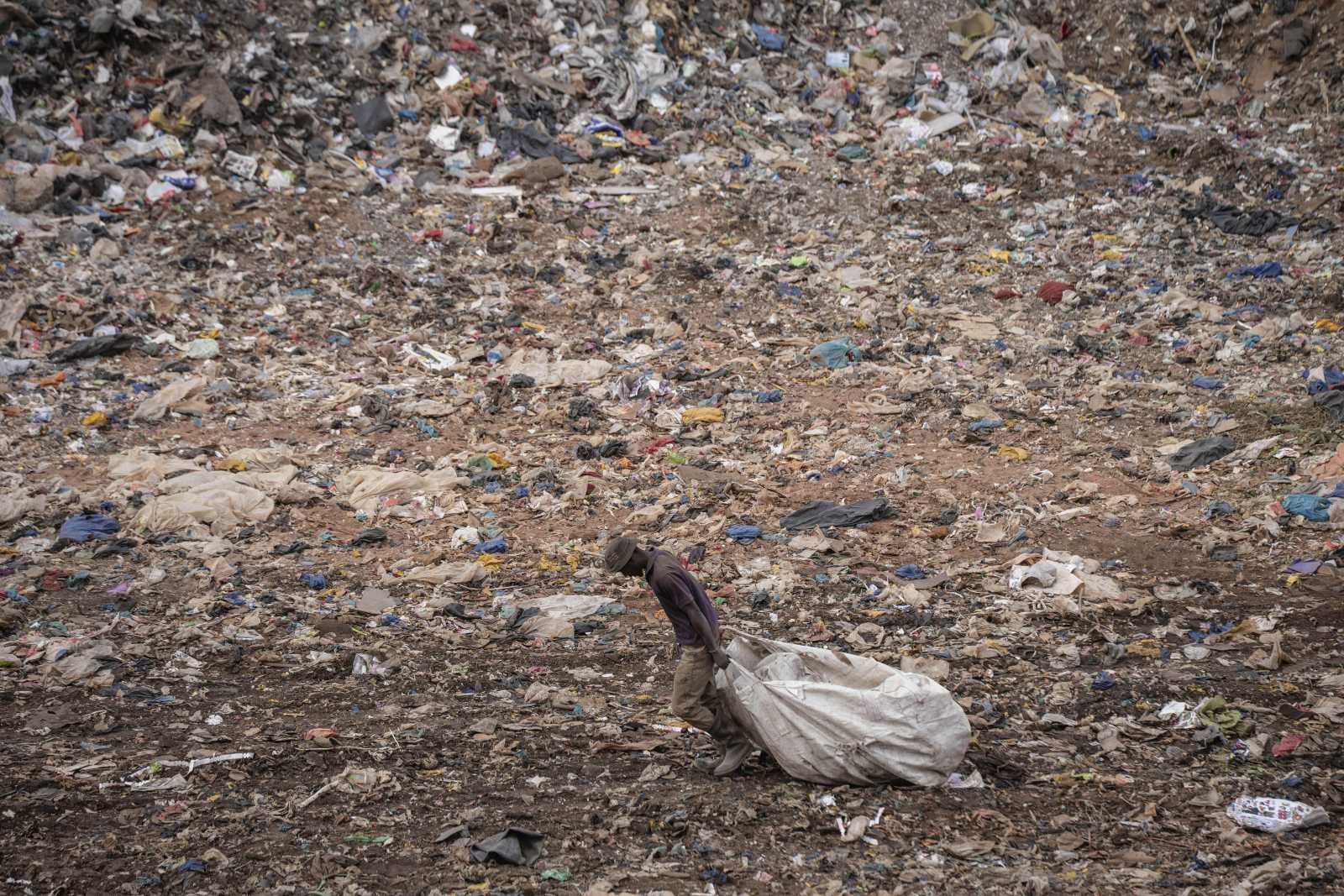Editorial
Risky investments
The details of international development affairs, moreover, overwhelm the mass media. In many poor countries, state institutions are weak – and so is journalism. Typically, newspapers and broadcasters lack the capacities to run thorough investigations and come up with truly independent reports. And the media companies of the rich world only have limited resources, so they do not send many correspondents to developing countries.
For reasons like this, many people suspect that international aid is a waste of money – or worse, even a cause of corruption. To boost public confidence, development agencies have long relied on systematic evaluations of their projects and programmes, with moderate success. After the turn of the Millennium, however, the international community took a new approach to boosting aid effectiveness. A series of multilateral High Level Forums (HLFs) were held to discuss the matter: in Rome in 2003, in Paris in 2005, in Accra in 2008 and in Busan in 2011.
These summits emphasised issues like the developing countries’ “Ownership” of policy, and demanded the “Harmonisation” of donor action as well as their “Aid Alignment” to developing countries’ institutions and procedures. Moreover, the HLFs insisted on “Mutual Accountability” and “Managing for Development Results”. Though these topics were too technical and too complex for mass media attention, the HLF efforts were certainly not wasted. The shared jargon shows that the main proponents in the international aid-effectiveness debate have reached agreement on a wide range of issues.
Of course, there are still tensions behind the scenes. Donors, for instance, tend to demand stringent results criteria, whereas recipient governments want to expand their policy space. But as politics is always about reconciling diverging interests, this state of affairs is normal, not worrisome.
The real snag is something else: the aid-effectiveness principles, as defined by the HLFs, make sense only where and when the preconditions for successful development cooperation are in place. They offer little advice on what to do when governments of developing countries shirk responsibilities or donor governments fail to live up to promises. The Busan HLF tackled this challenge by emphasising the relevance of parliaments and municipal governments, and by referring to the roles of civil society and the private sector.
These are valid points, but they are also proof of helplessness. If such institutions and actors could keep in check the governments of the developing world the way that is considered normal in contemporary Western Europe and North America, there would probably be far less need for development aid in the first place. But in many countries, matters are different – which is why development policy, time and again, is about making risky investments. There is no guarantee, beforehand, that a project or programme will work out.








